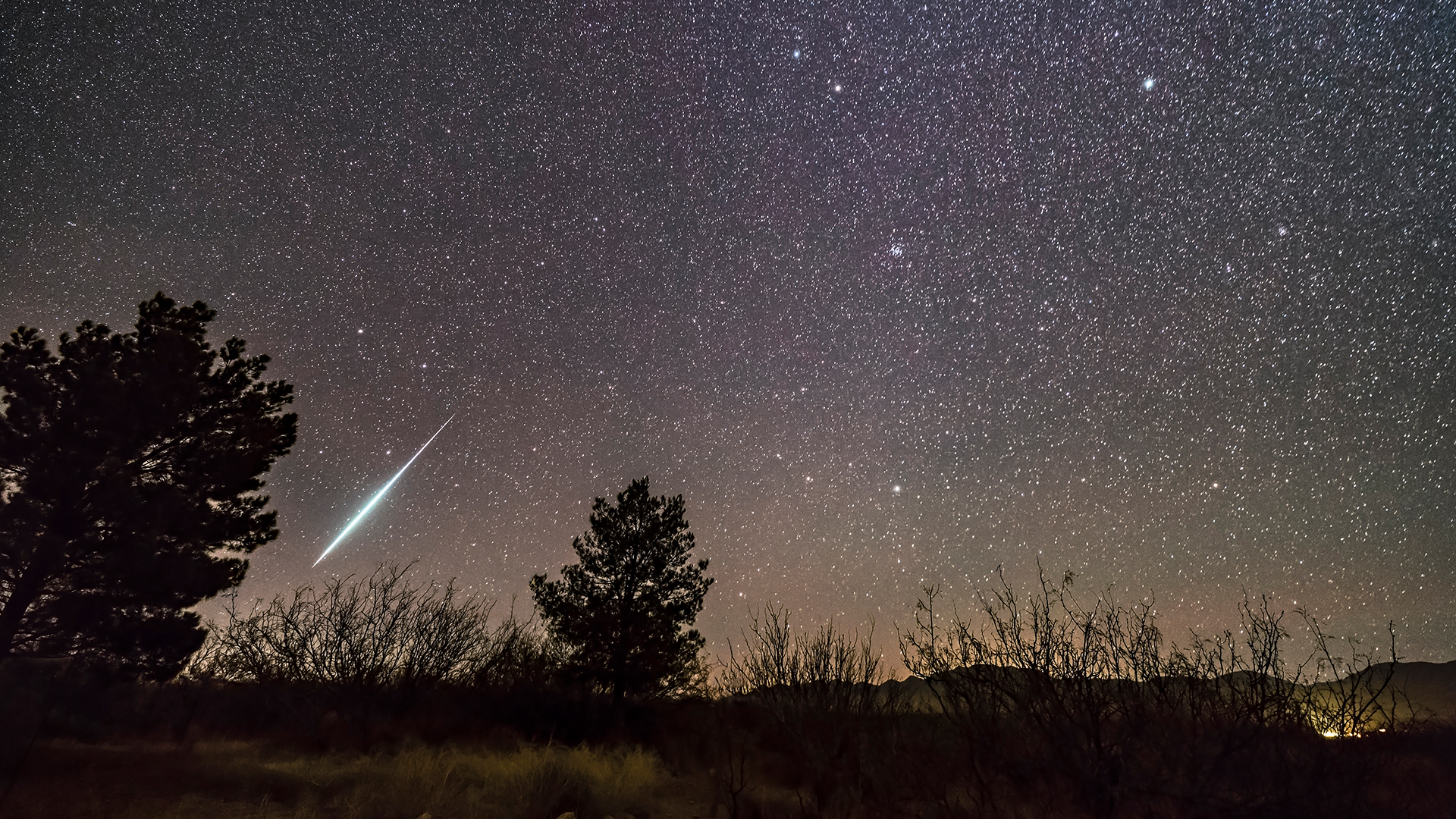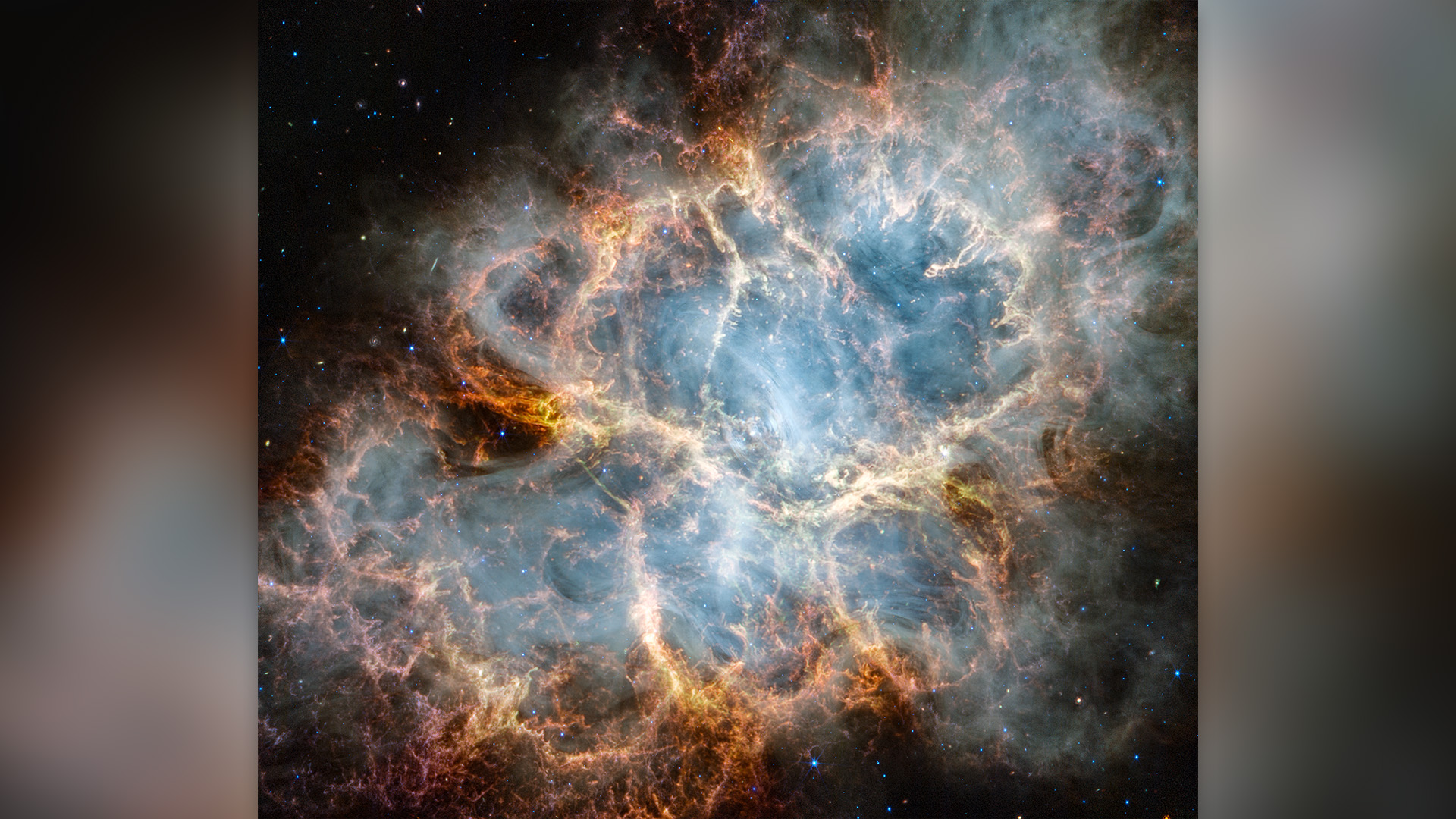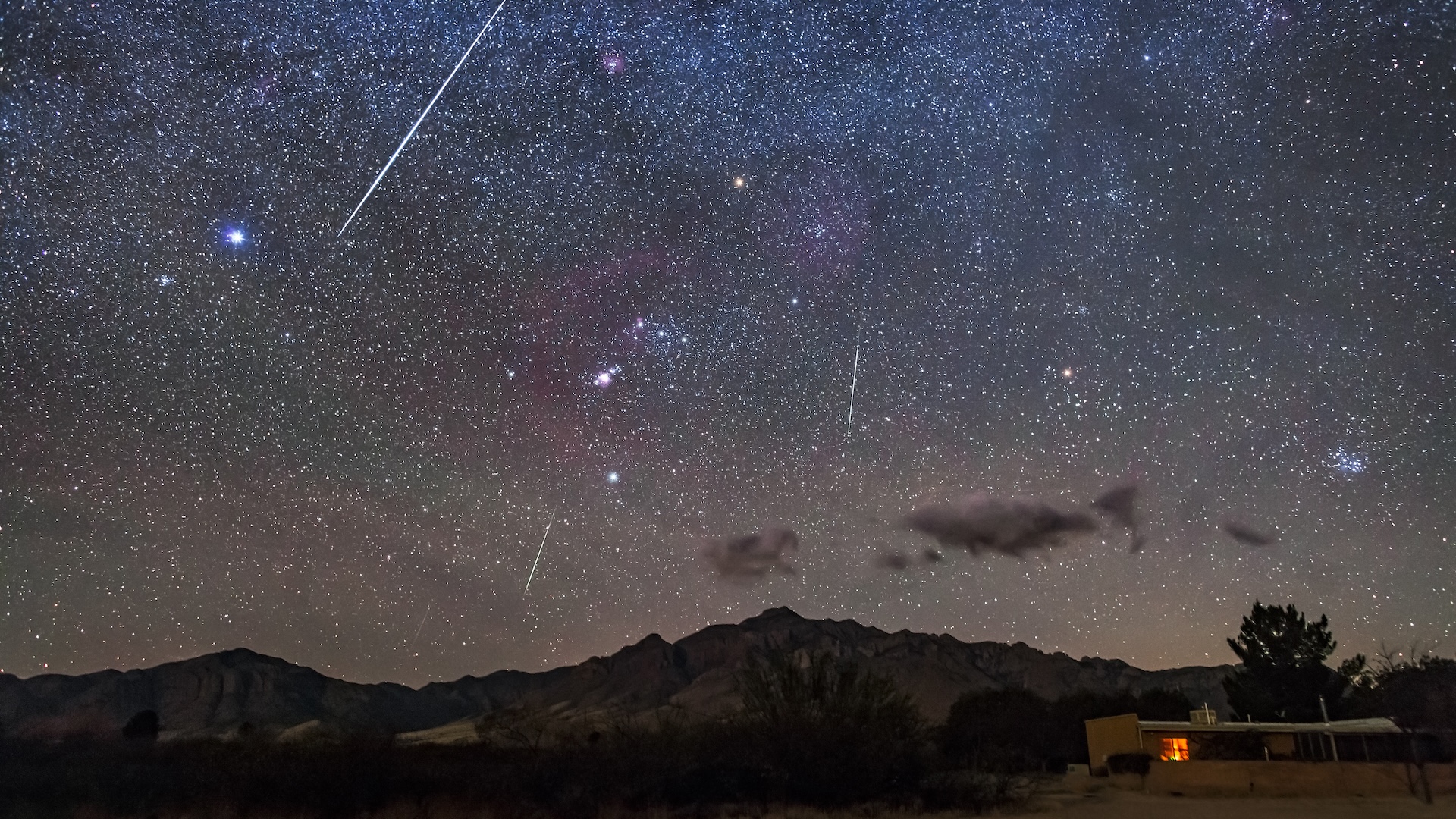
Jamie Carter
Jamie Carter is a freelance journalist and regular Live Science contributor based in Cardiff, U.K. He is the author of A Stargazing Program For Beginners and lectures on astronomy and the natural world. Jamie regularly writes for Space.com, TechRadar.com, Forbes Science, BBC Wildlife magazine and Scientific American, and many others. He edits WhenIsTheNextEclipse.com.
Latest articles by Jamie Carter
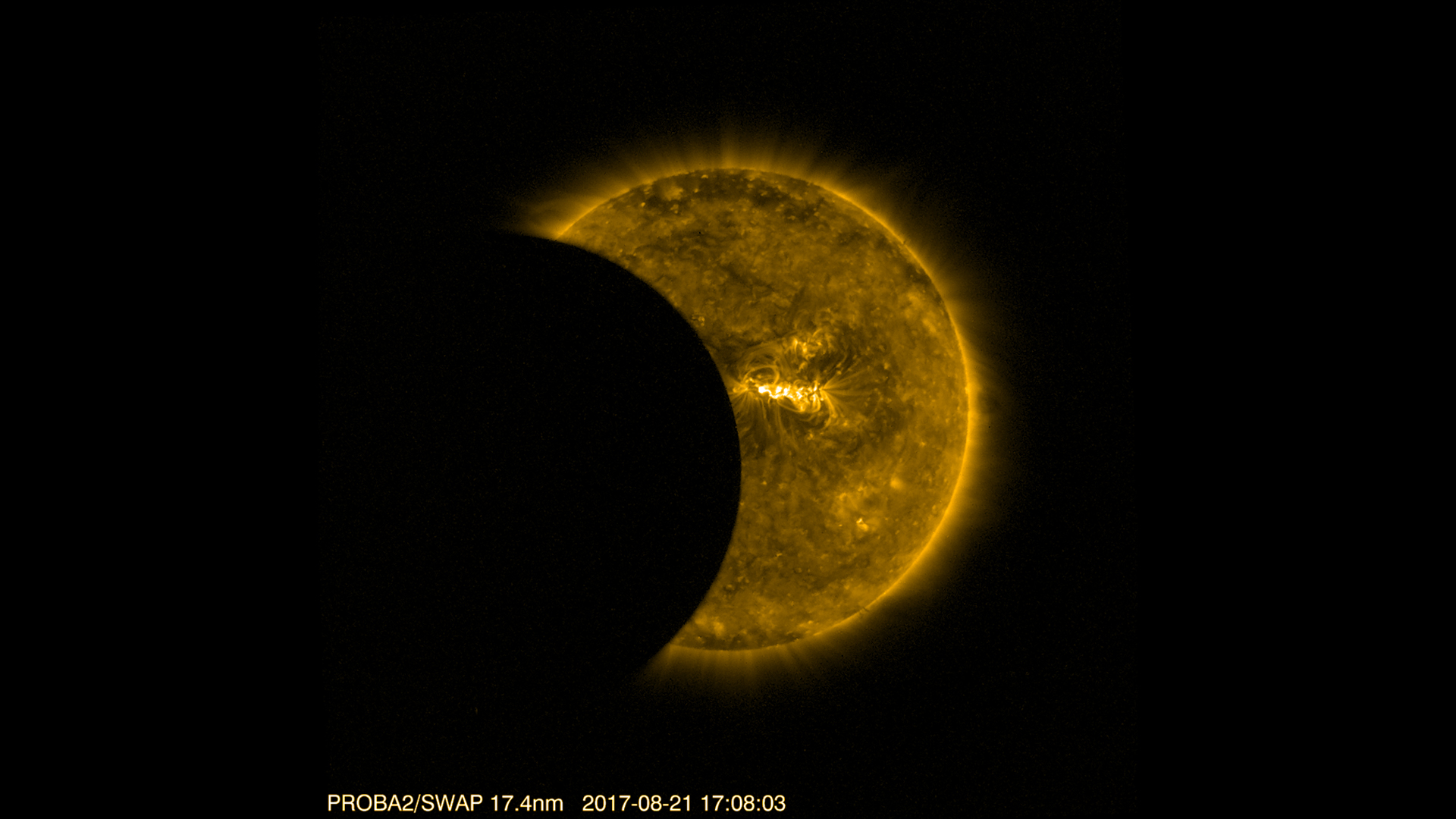
What's the longest solar eclipse in history? (And how does the April 2024 total eclipse compare?)
By Jamie Carter published
The exact same celestial geometry that will cause a total solar eclipse in North America on April 8 will produce the longest one ever, but not for another 162 years.
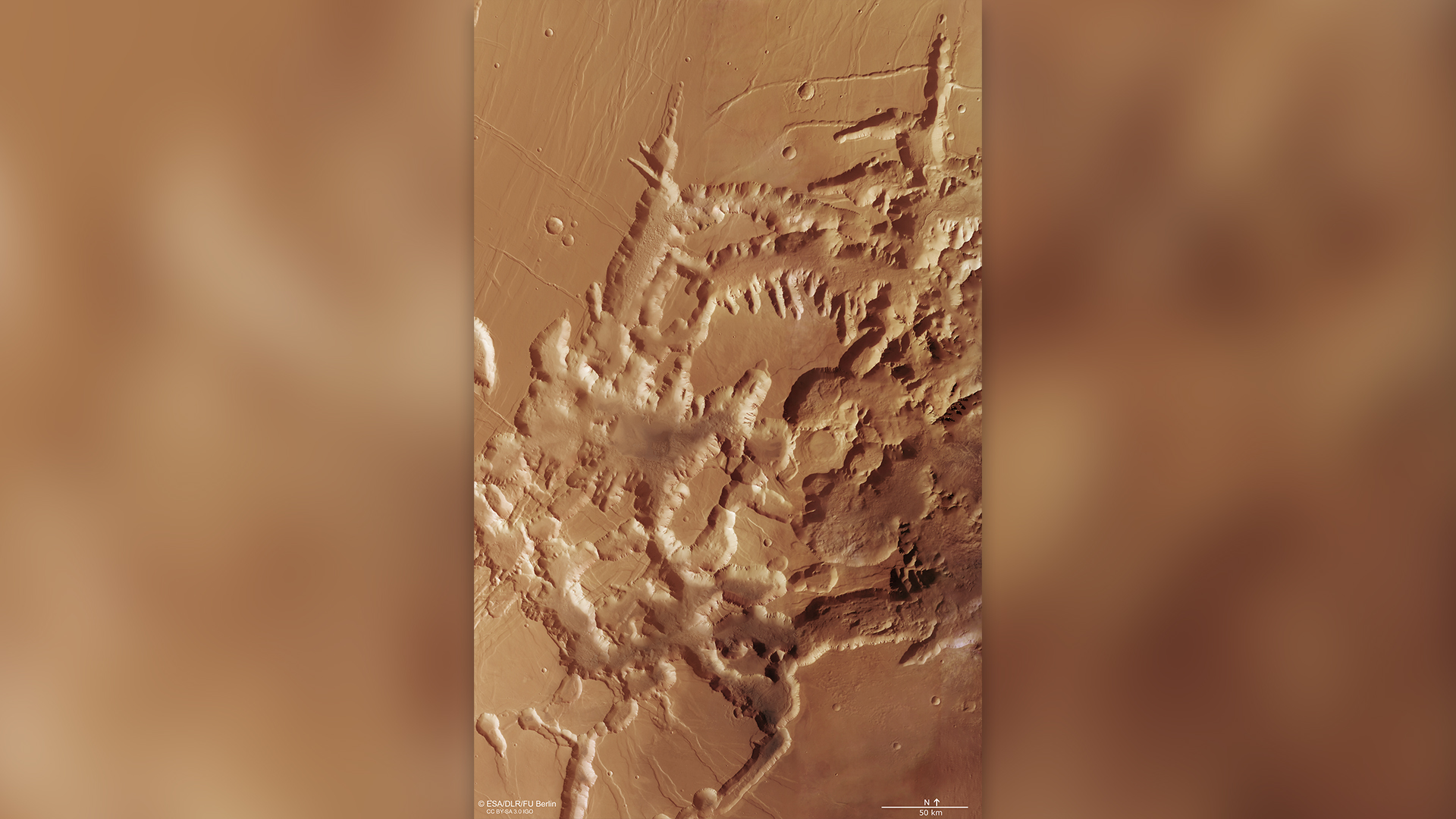
Space photo of the week: Ancient 'labyrinth of night' on Mars, one of the biggest mazes in the solar system
By Jamie Carter published
Take a trip through the maze-like valleys and canyons of a unique place in the solar system: Mars' 'labyrinth of night.'
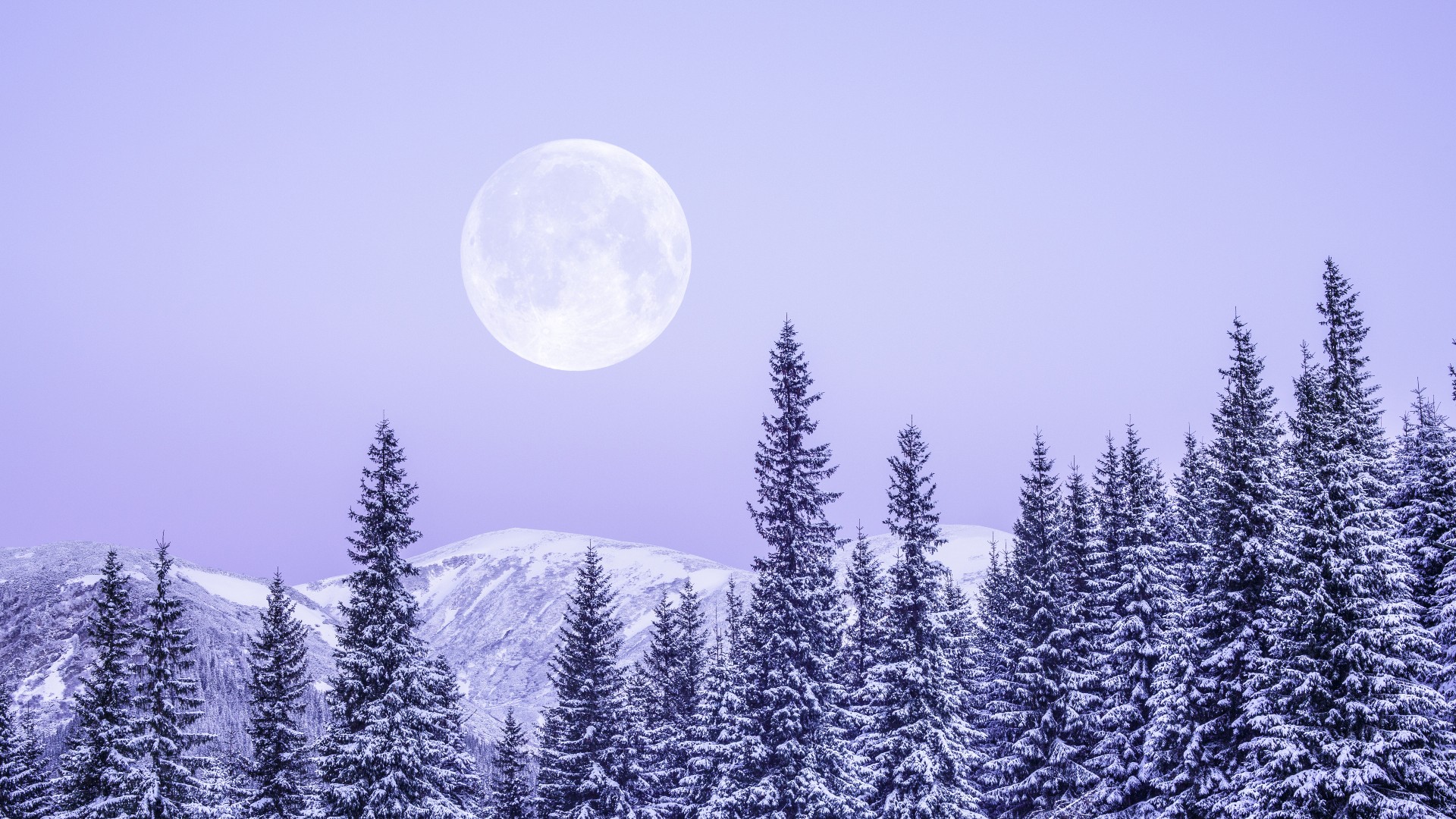
January's full 'Wolf Moon' rises Thursday. Here's how to see it at its best.
By Jamie Carter published
The first full moon of 2024, sometimes nicknamed the Wolf Moon, will rise into winter skies this week, appearing bright and full from Wednesday to Friday.
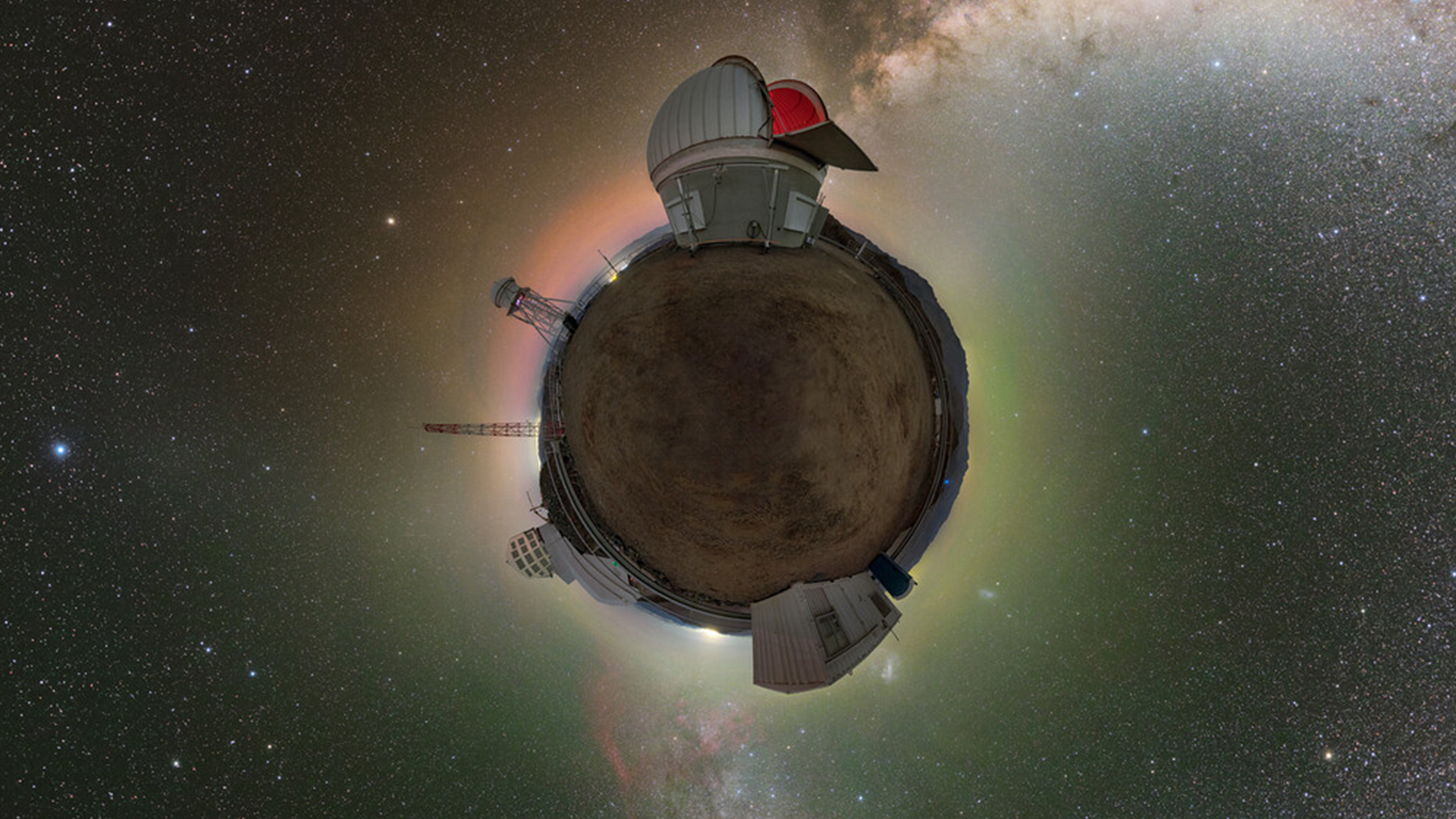
Space photo of the week: Observatory, or alien planet? Boggle your mind with this 360-degree image
By Jamie Carter published
The Vera C. Rubin Observatory, which could change astronomy forever when it comes online this August, looks like a planet all its own in this surreal new photo.
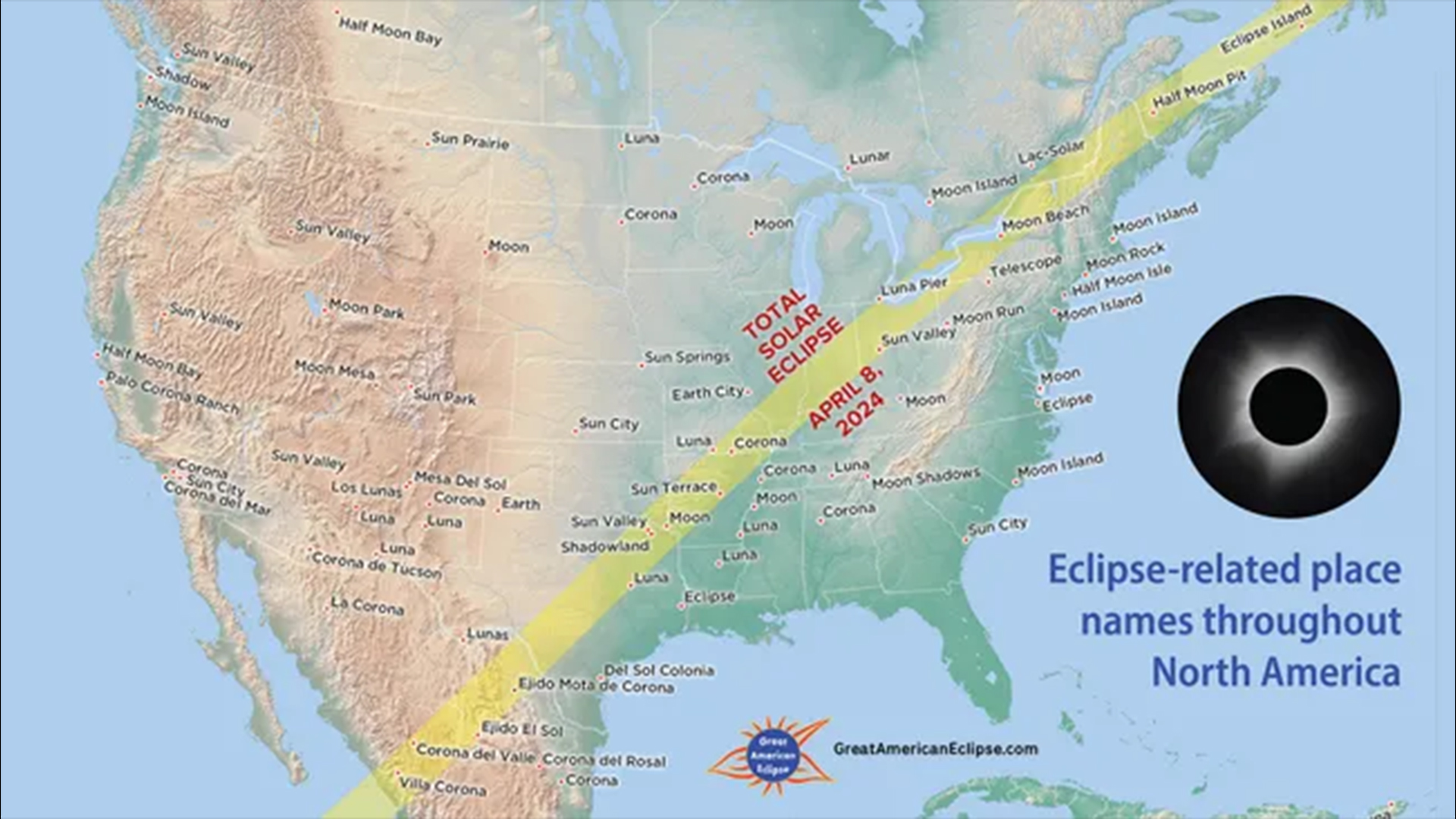
These eclipse-themed places will experience totality on April 8, 2024
By Jamie Carter published
Experience the April 8 total solar eclipse from Eclipse Island, Corona, Moon Island, or one of these other eclipse-themed locations.
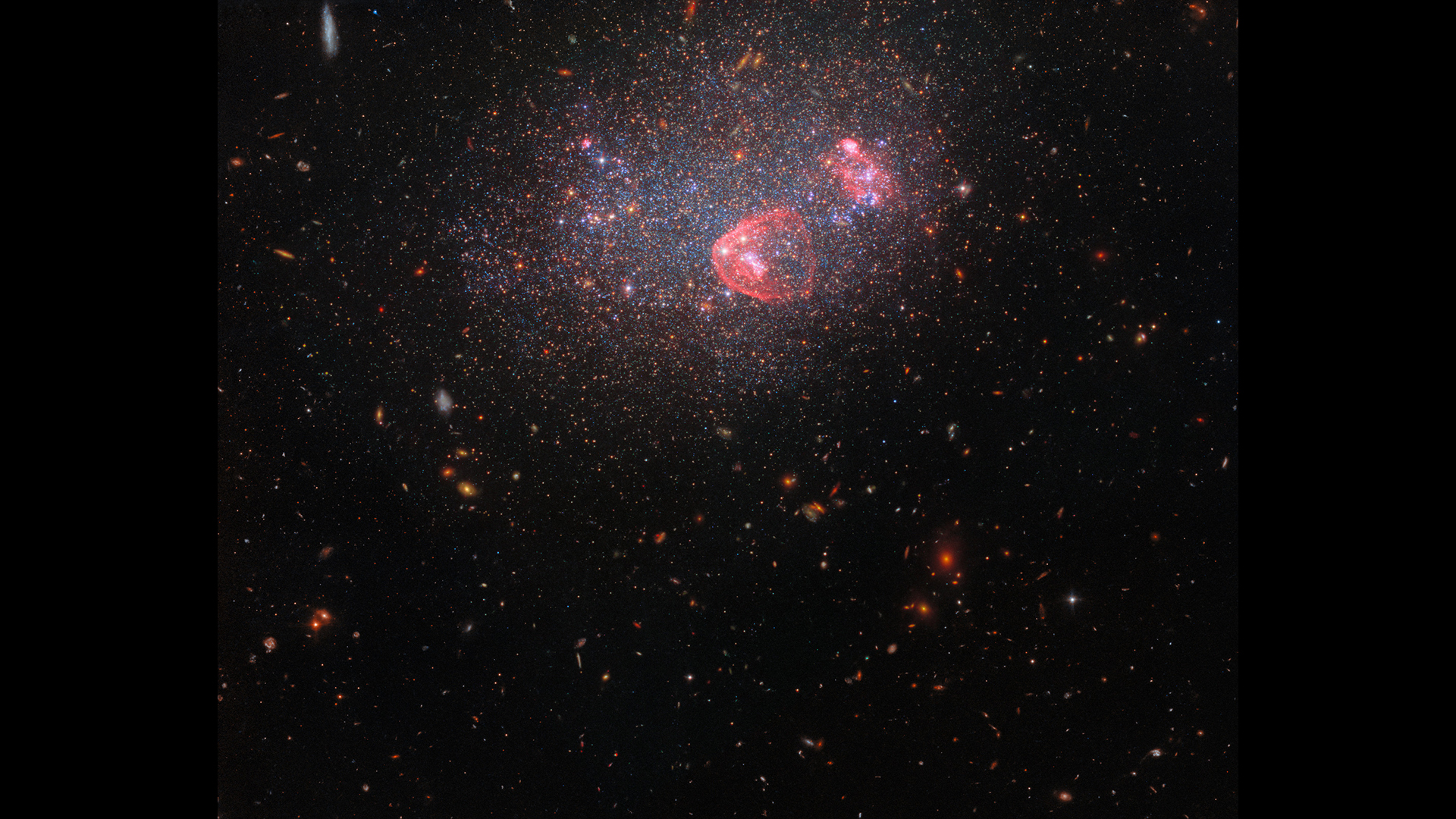
Space photo of the week: Hubble spies a dwarf galaxy
By Jamie Carter published
The irregular dwarf galaxy UGC 8091 is likely a building block of ‘grand design’ galaxies like our Milky Way.

Space photo of the week: An eerie look at Io, the most volcanic world in the solar system
By Jamie Carter published
In our favorite space image of the week, NASA's Juno spacecraft got an unprecedented look at Jupiter's volcanic moon Io from just 930 miles away.

Total solar eclipse April 2024: The 10 biggest cities within the path of totality
By Jamie Carter published
On April 8, 2024, more than 31 million people in North America will witness a total solar eclipse, around a third of them in just 10 cities.
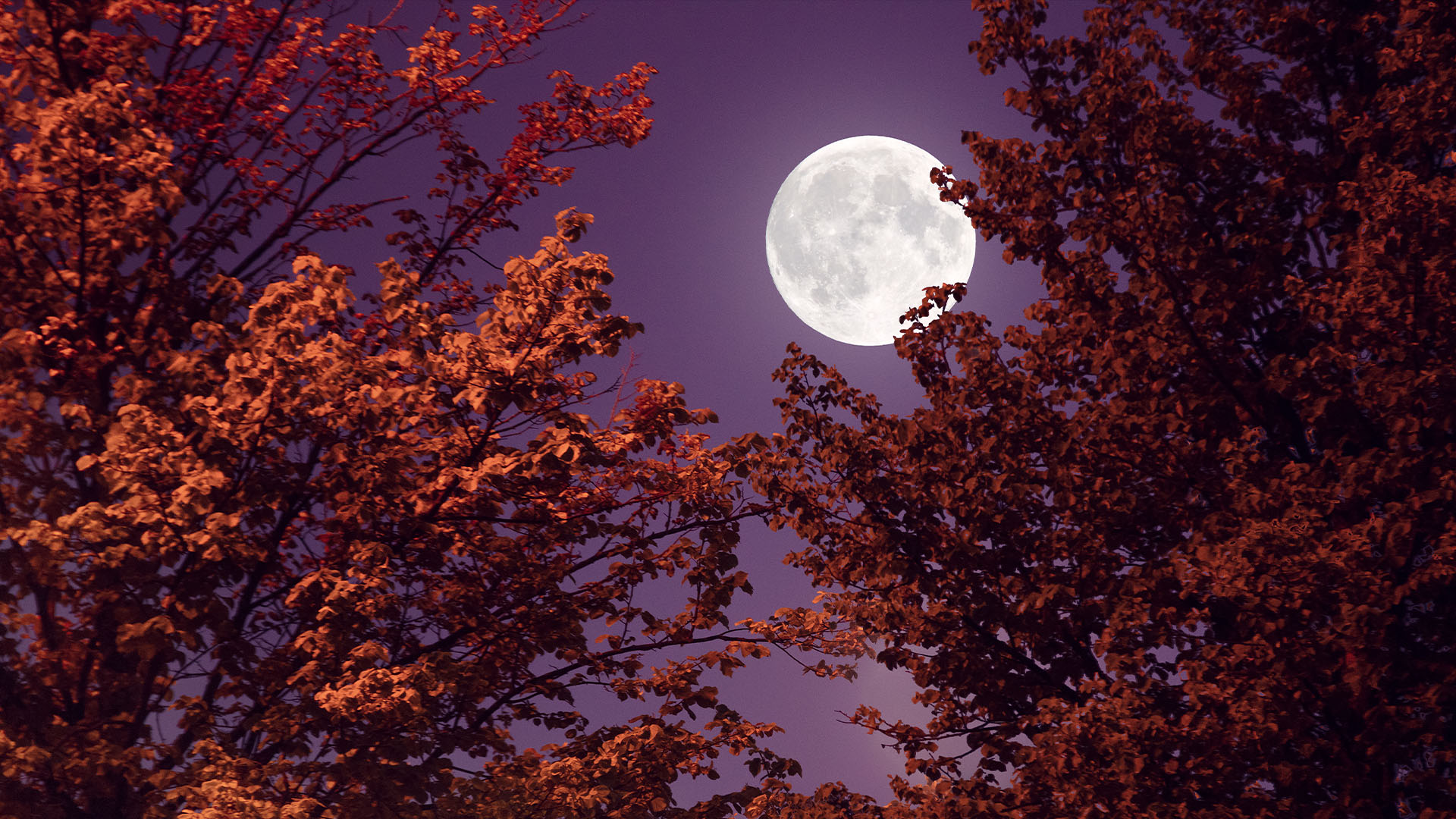
Full moons of 2024: Names, dates and everything you need to know
By Jamie Carter published
Find out exactly when to see the full moons of 2024, including dates for supermoons and a two lunar eclipses.
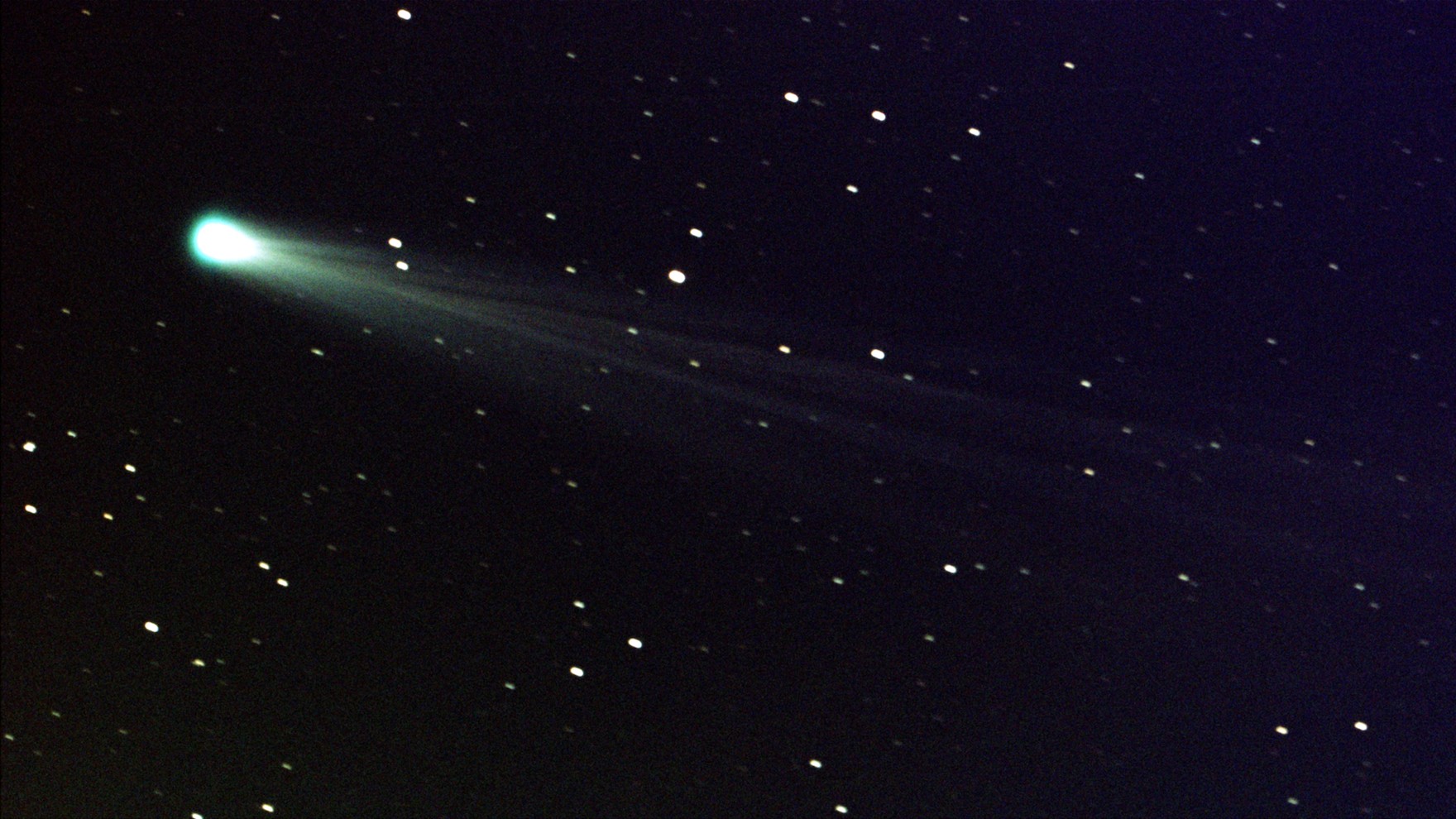
The 10 best stargazing events of 2024
By Jamie Carter published
The 2024 stargazing guide includes a rare total solar eclipse, two bright comet flybys and three supermoons. Here are all the dates you need to know.
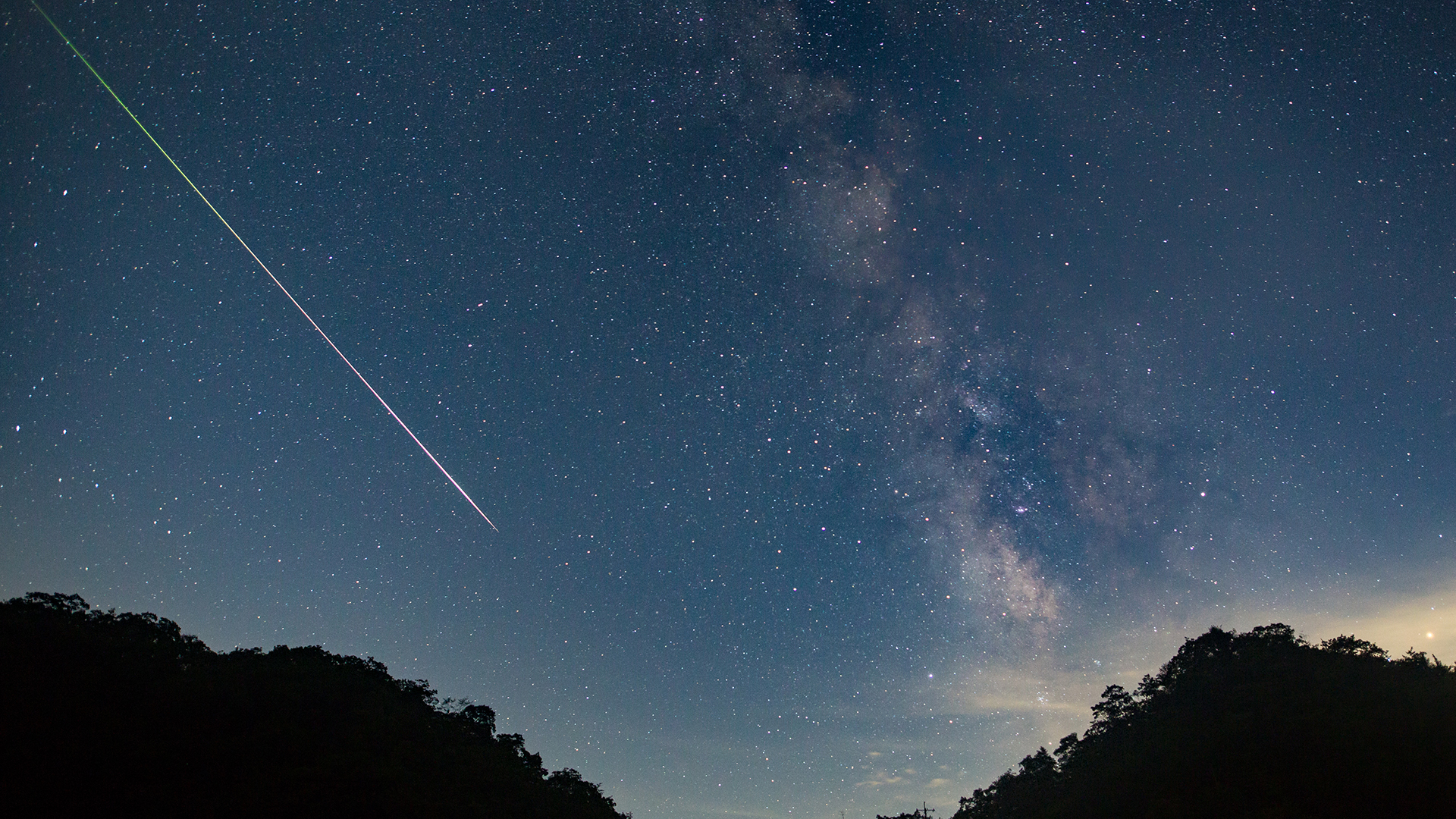
Quadrantid meteor shower 2024: The year's 1st meteor shower blazes over North America on Jan. 3
By Jamie Carter published
Up to 120 shooting stars per hour could be visible during a brief peak of the Quadrantid meteor shower — the year's first meteor shower, coming to North America Jan. 3 and 4.
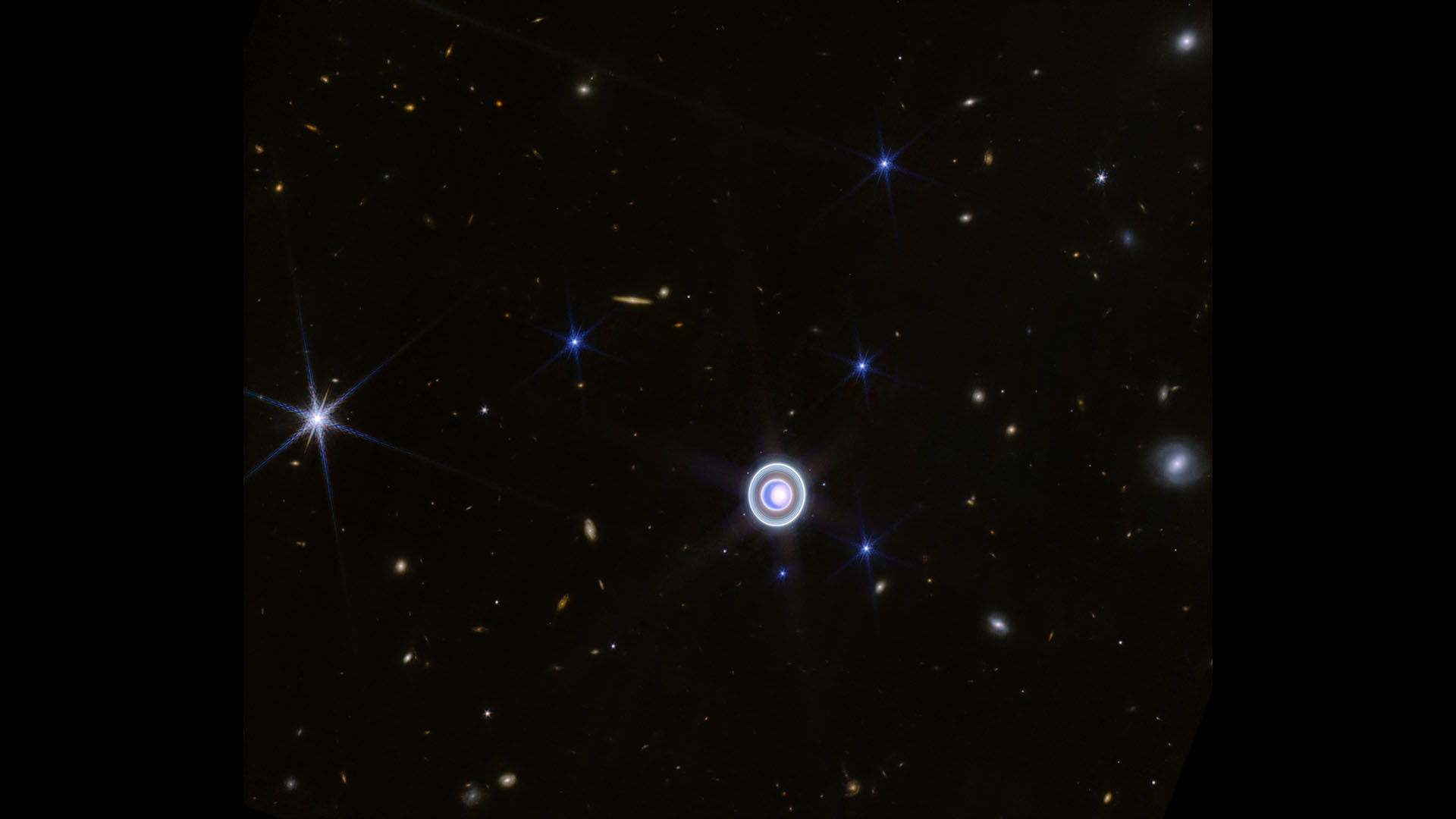
Space photo of the week: Uranus 'rings' in the New Year in stunning James Webb telescope image
By Jamie Carter published
The James Webb Space Telescope reveals a stunning new portrait of ice giant Uranus, featuring its frigid rings and 14 of 27 moons.
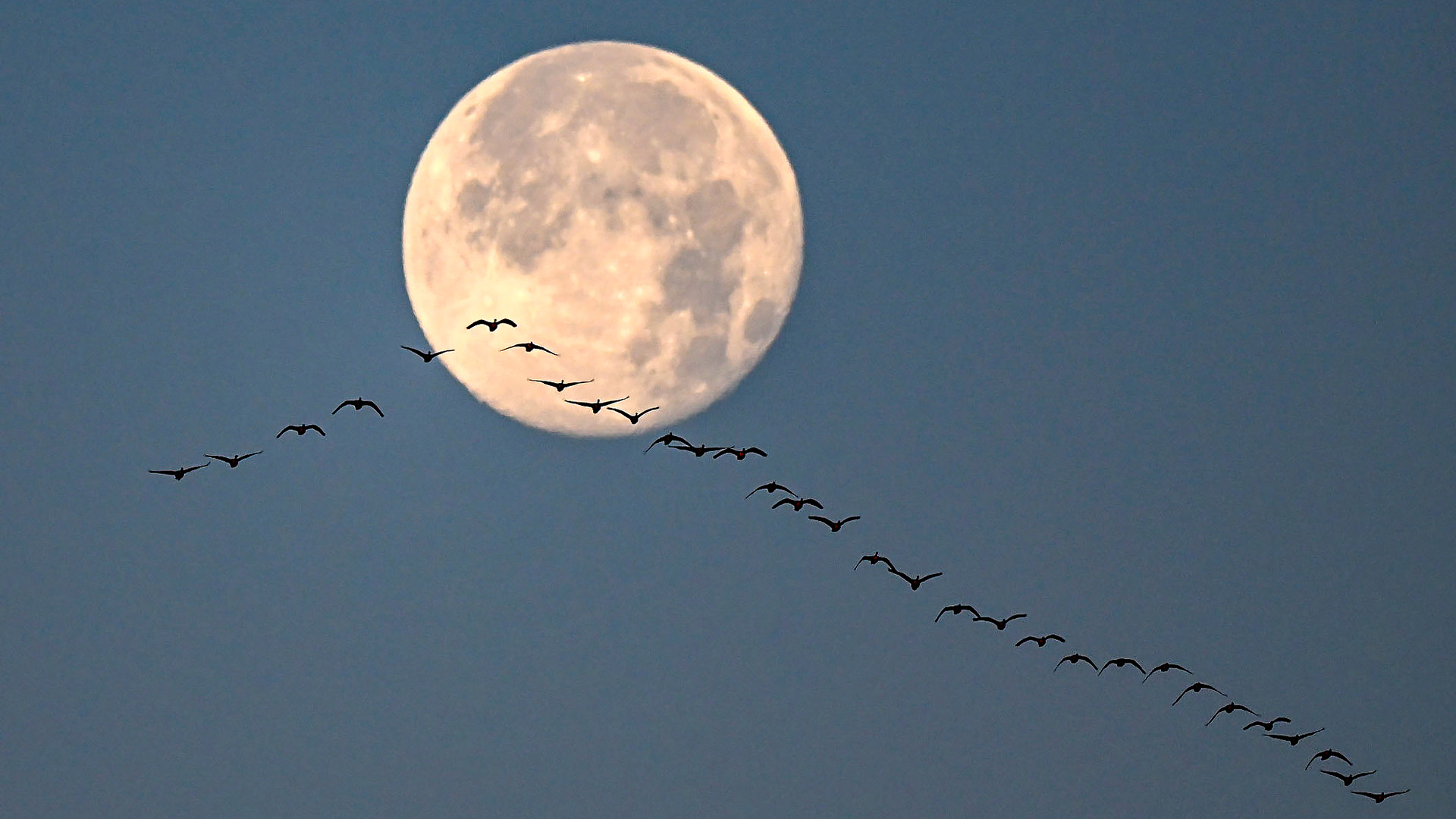
Cold Moon 2023: The final full moon of the year rises this Christmas
By Jamie Carter published
The Cold Moon — the 13th and final full moon of 2023 — will rise on Dec. 26 and reach higher in the night sky than any other. It will also appear full on Dec. 25 and 27.
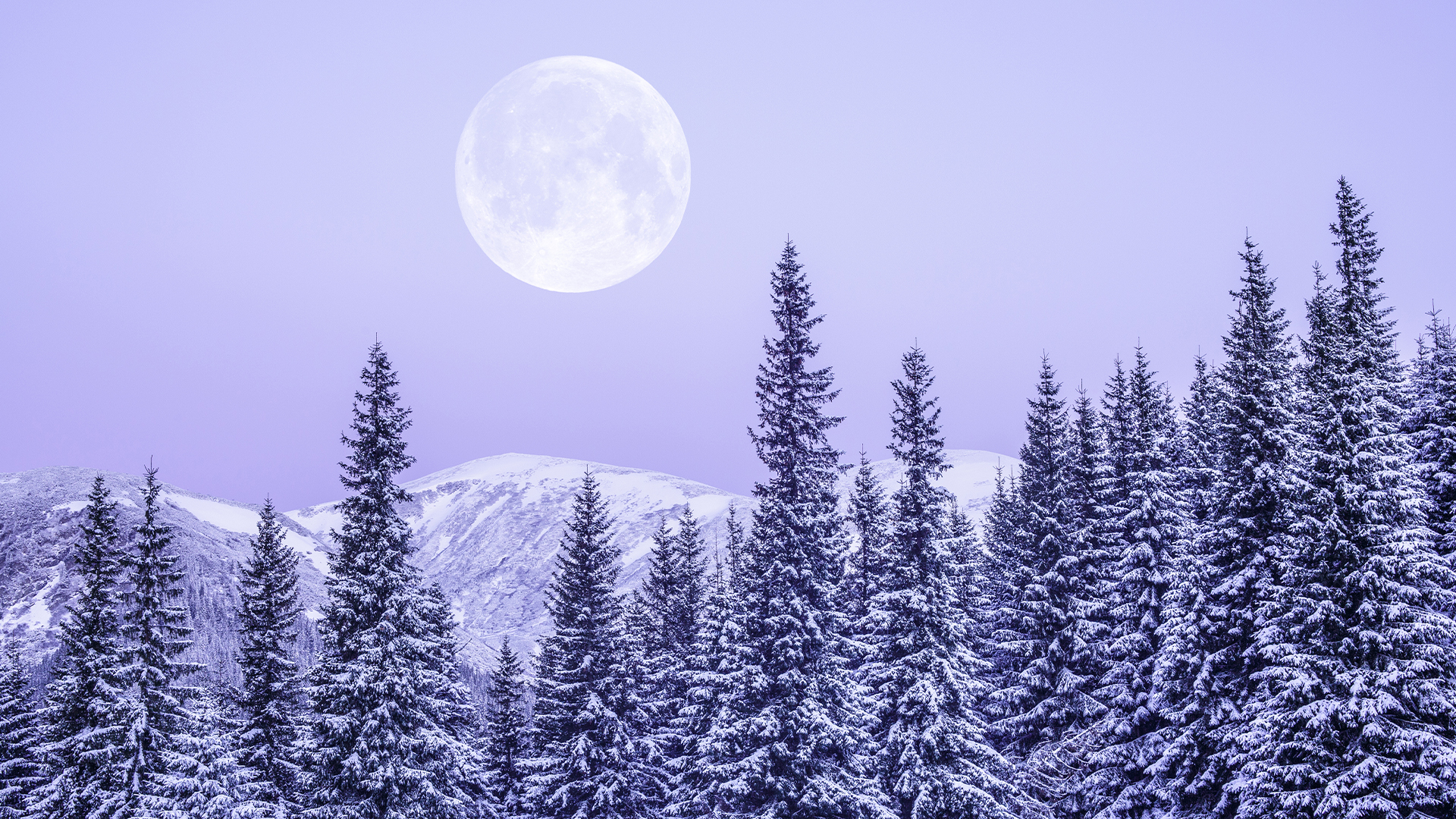
Winter solstice 2023: How to see Jupiter dance with the moon on the longest night of the year
By Jamie Carter published
Jupiter and a bright moon will shine together on the winter solstice, which occurs Dec. 21-22 in the Northern Hemisphere.
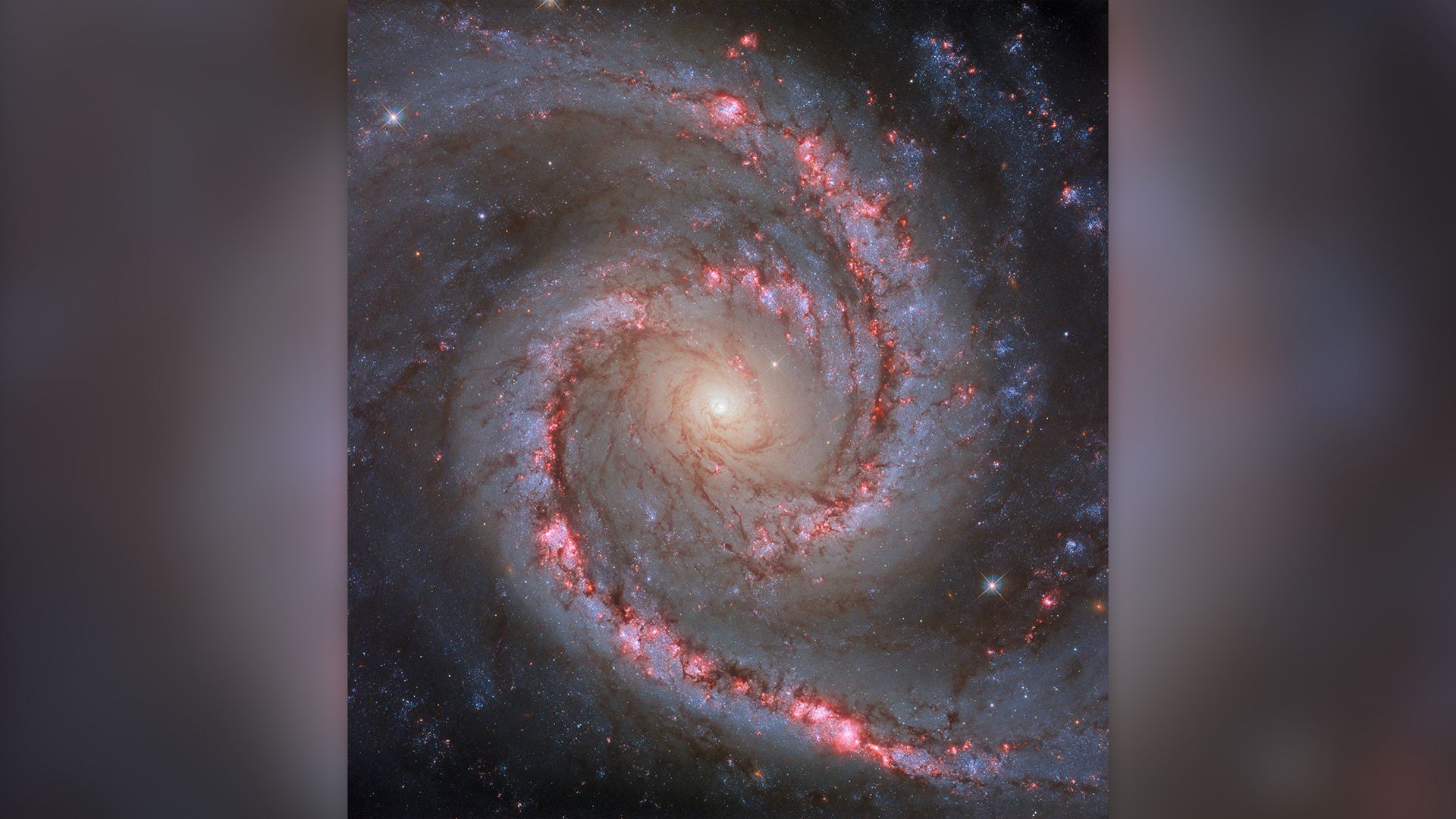
Space photo of the week: Swirling 'Spanish Dancer Galaxy' stares down NASA's Hubble
By Jamie Carter published
NASA's Hubble Space Telescope snaps the dramatic swirling lines of spiral galaxy NGC 1566, also known as the Spanish Dancer Galaxy.
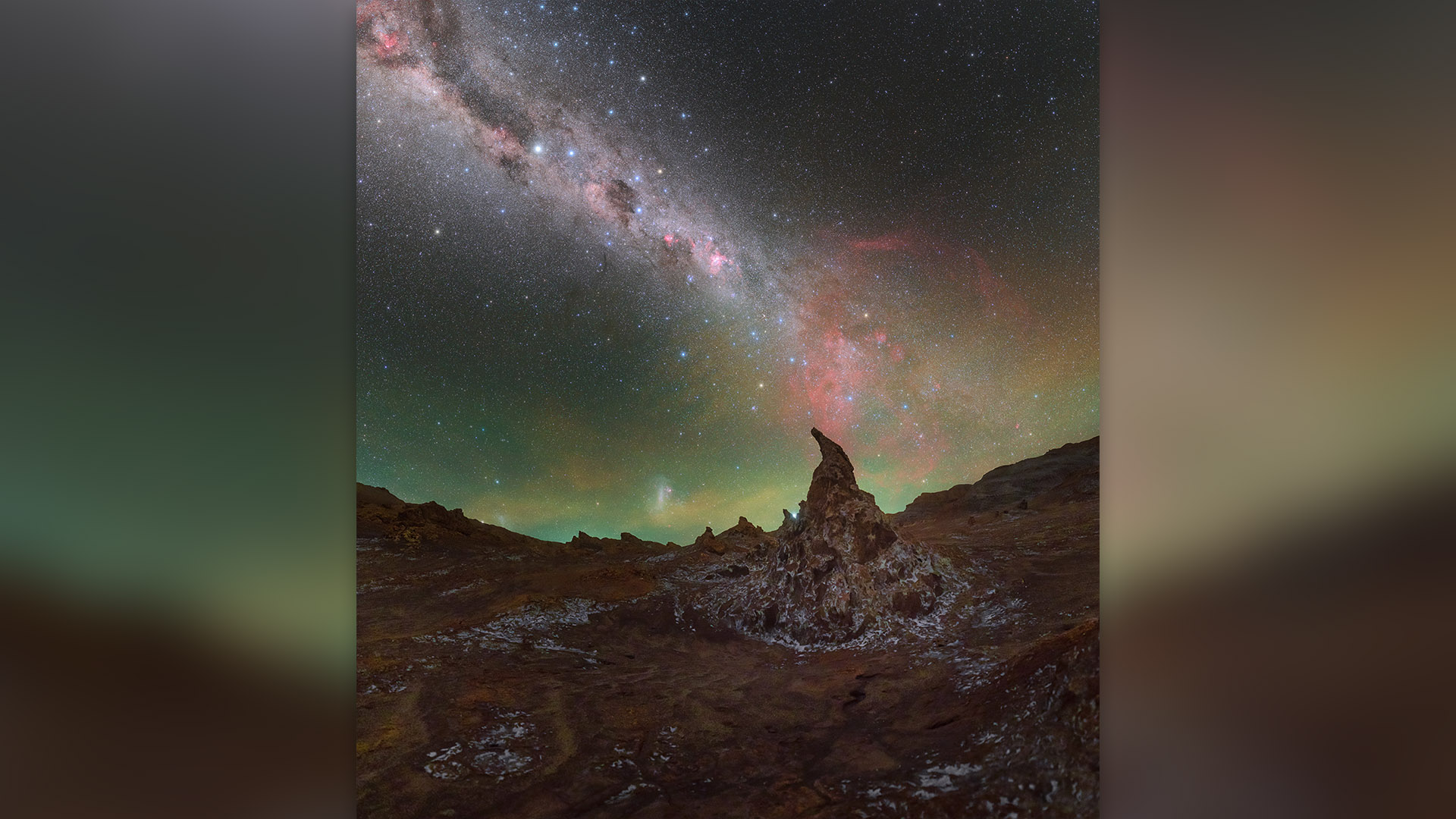
Space photo of the week: 'Magical' Milky Way cuts through the Valley of the Moon in Chile's Atacama Desert
By Jamie Carter published
Astrophotographer Petr Horálek shot this image of the Milky Way dazzling above strange geological formations in the desert close to the ALMA radio telescope array in Chile.
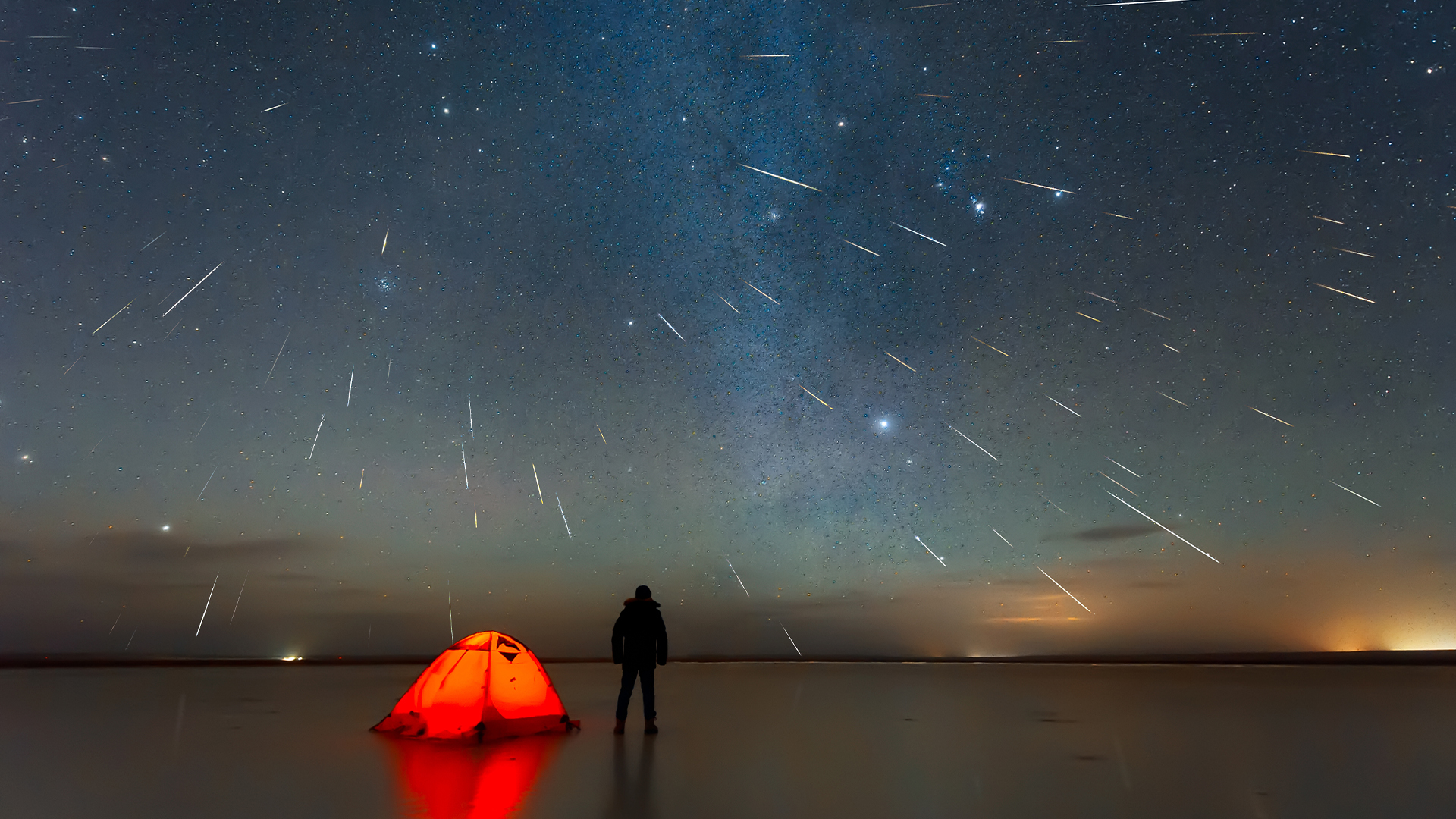
The Geminids — this year's only multicolored meteor shower — peaks next week. Here's how to watch.
By Jamie Carter published
As many as 120 'shooting stars' per hour will be visible during the moonless peak of the Geminid meteor shower on Dec. 13 and 14.
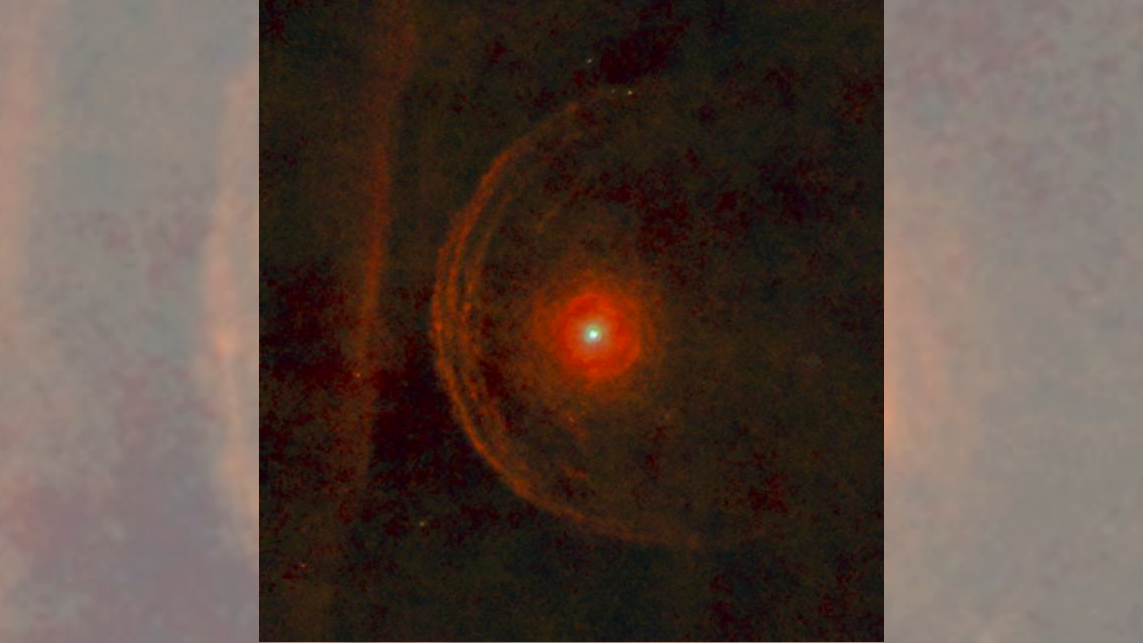
One of the brightest stars in the sky will 'blink out' on Dec. 12. Here's how to watch.
By Jamie Carter published
Betelgeuse, the most famous red supergiant star and one of the sky's brightest, will disappear for up to 12 seconds during an ultra-rare occultation by asteroid 319 Leona.
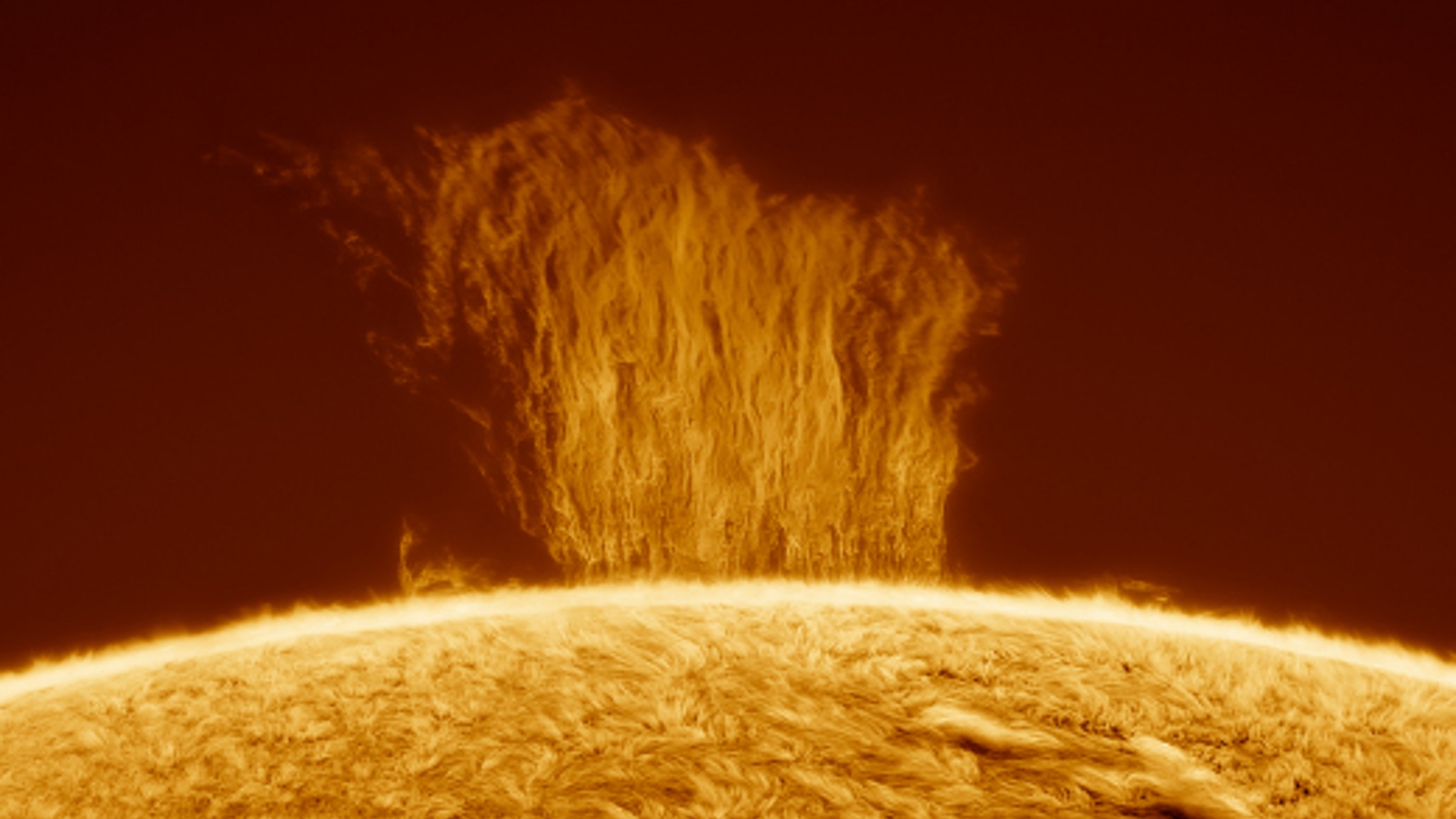
A once-in-a-lifetime view of the sun's 'solar maximum' is coming April 8th
By Jamie Carter published
With the solar cycle set to peak earlier than predicted, the sun's corona should look its spectacular spiky best for April 8's total solar eclipse.
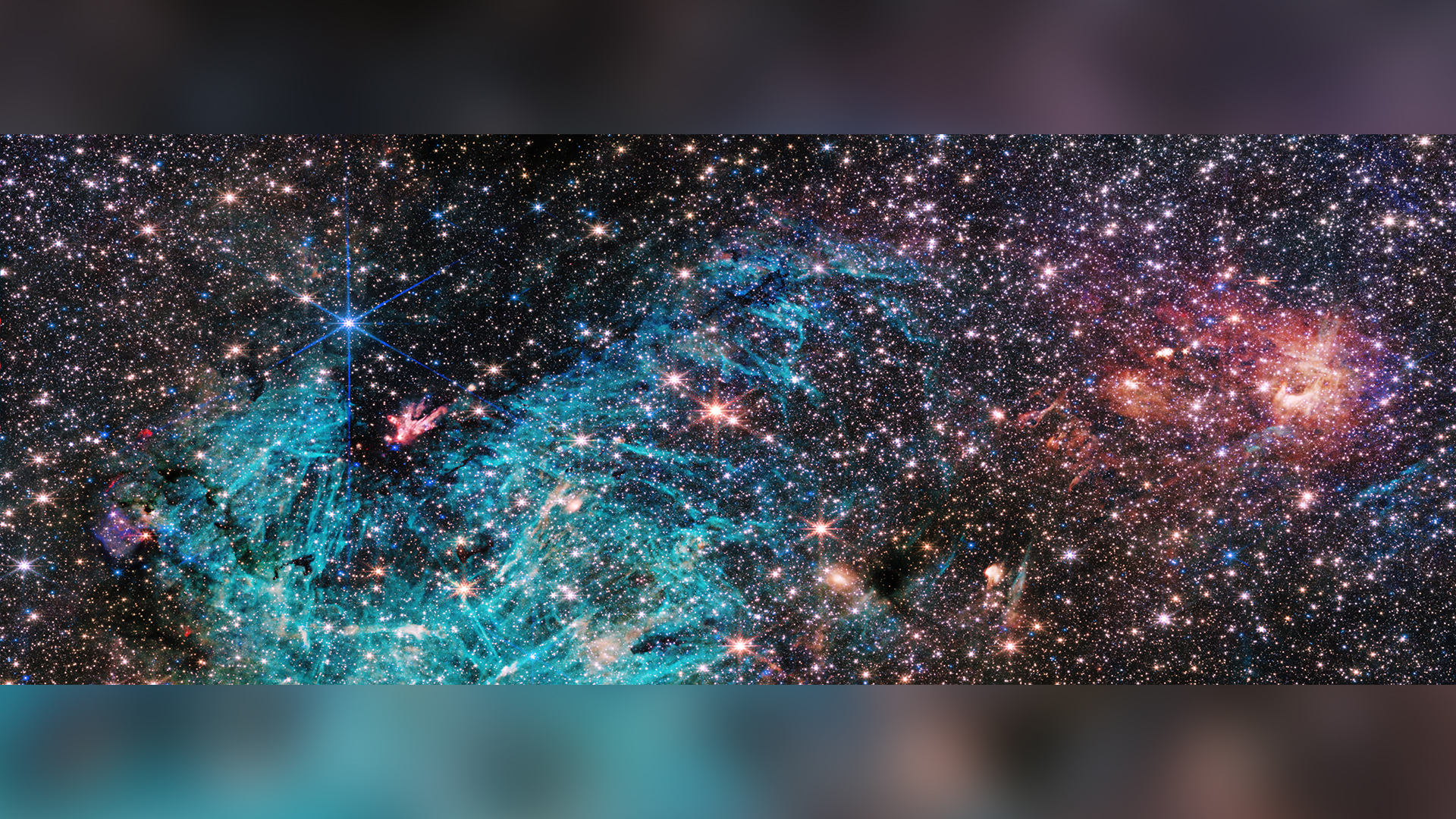
James Webb telescope reveals 'nursery' of 500,000 stars in the chaotic heart of the Milky Way
By Jamie Carter published
A dazzling new James Webb telescope image of the region near the Milky Way's central black hole reveals thousands of newborn stars among the "most extreme cosmic environment" in the galaxy.
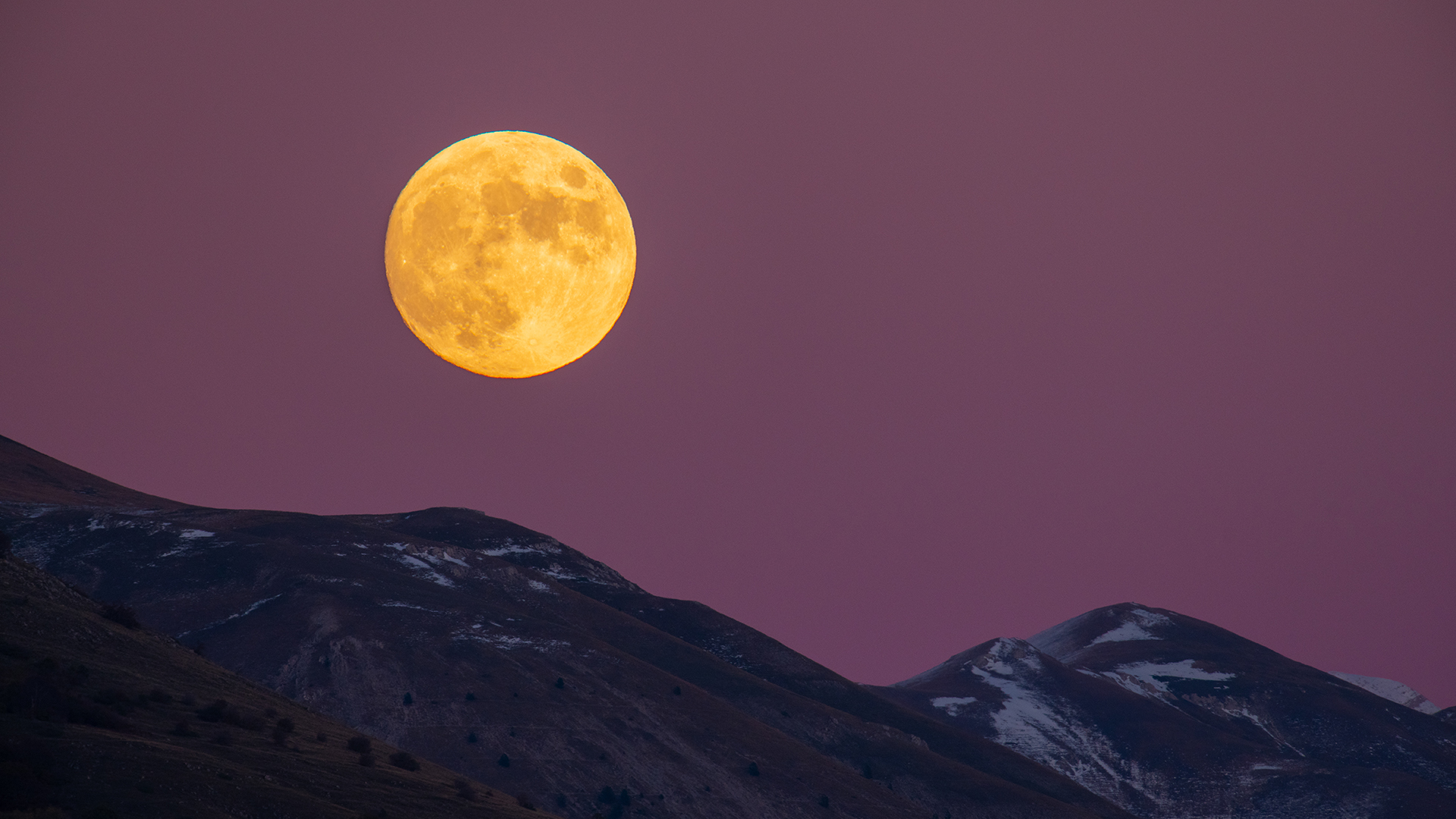
The full 'Beaver Moon' rises next to bright Jupiter this weekend. Here's how to watch.
By Jamie Carter published
The full 'Beaver Moon' will be best viewed as it rises in the east at dusk on Monday, Nov. 27, though it will appear full on Sunday and Tuesday as well.
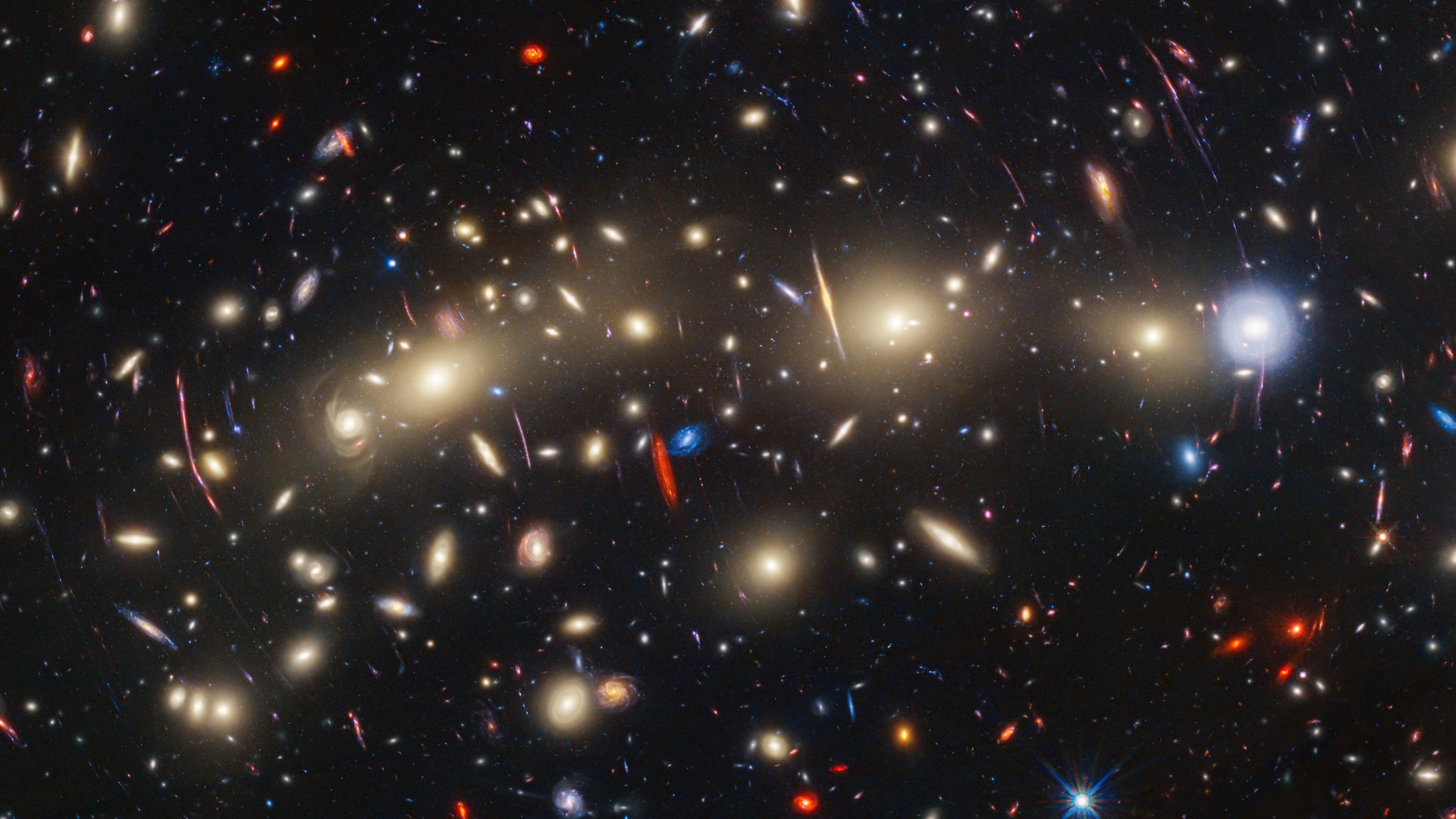
James Webb telescope reveals gargantuan 'Mothra' star in most colorful image of the universe ever taken
By Jamie Carter published
The James Webb and Hubble space telescopes have combined forces to image a cluster of galaxies 4.3 billion light-years away in one of the most colorful pictures of the universe ever taken.
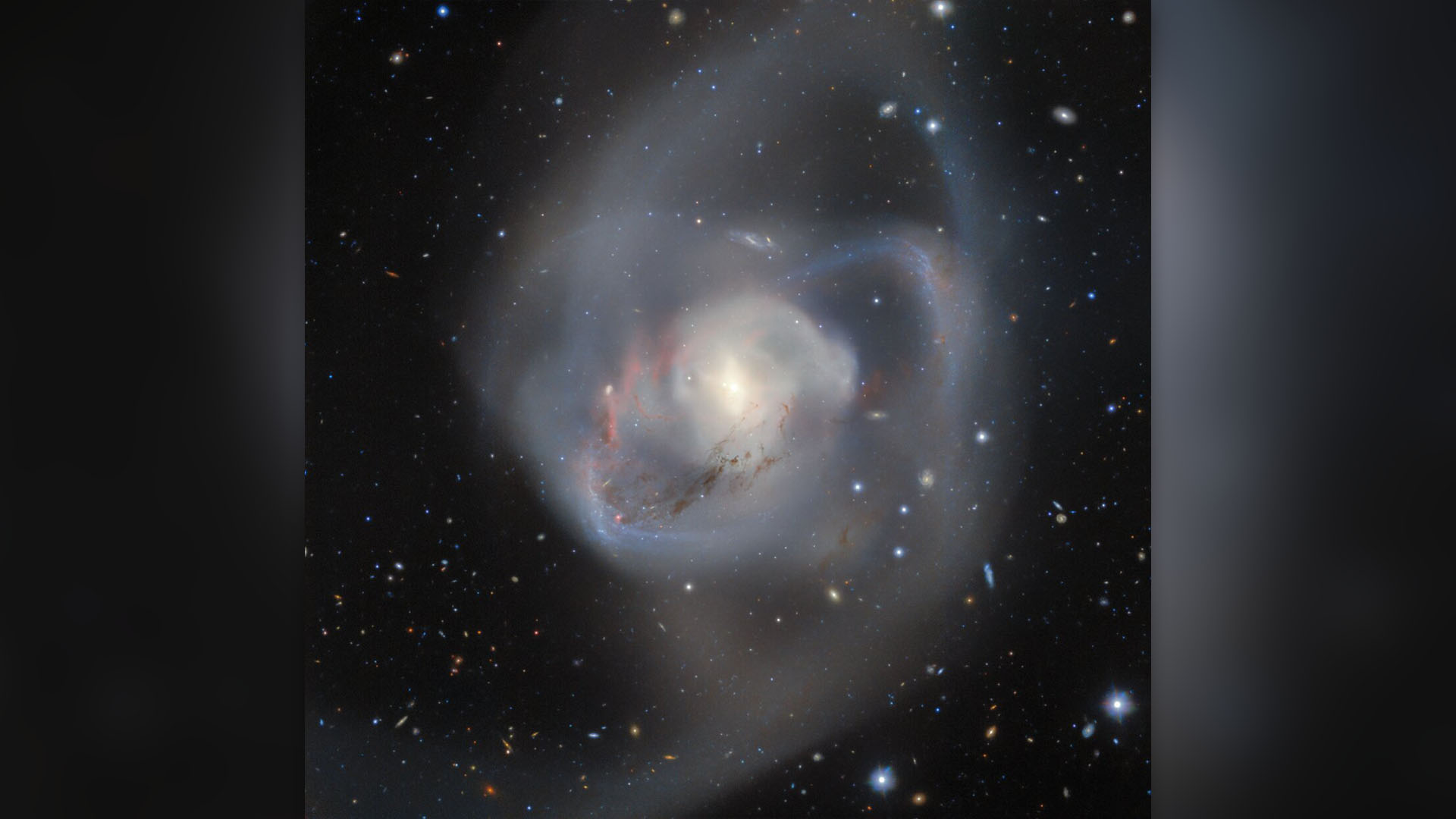
Space photo of the week: Battling black holes pull two galaxies apart
By Jamie Carter published
Space photo of the week The Gemini South telescope captured the chaotic aftermath of a billion-year-old collision between two spiral galaxies — and their super-close supermassive black holes.
Sign up for the Live Science daily newsletter now
Get the world’s most fascinating discoveries delivered straight to your inbox.
